More like this...
Sonic Advance (USA) (En,Ja) Gameboy Advance game
Overview "Sonic Advance" is a platform game released in 2001 for the Game Boy Advance, developed by Dimps and published by Sega. Known as "SonicN" on the N-Gage, it was the first Sonic game released on a Nintendo console, marking a significant moment as Sega and Nintendo were fierce rivals throughout the 1990s. The game follows Sonic, Tails, Knuckles, and Amy as they attempt to stop Dr. Eggman from taking over the world.
Gameplay Sonic Advance features side-scrolling platform gameplay reminiscent of the original Sonic games on the Sega Genesis. Players can choose from four characters:
- Sonic the Hedgehog: Fastest character, can perform an insta-shield.
- Tails: Can fly and swim.
- Knuckles: Can glide, swim, and climb walls.
- Amy Rose: Uses a hammer to destroy enemies.
The game includes six main levels called zones, each divided into two acts, with a boss fight at the end of the second act. Players must navigate through enemies and obstacles, collecting rings that serve as a form of health. Special springs can send players to special stages to collect Chaos Emeralds, and collecting all seven unlocks an extra boss fight. The game also features a Tiny Chao Garden minigame and a competitive multiplayer mode.
Development and Release Development began after Sega shifted to third-party software development following the Dreamcast's poor performance. Dimps, with assistance from Sonic Team, led the development, incorporating elements from both the original Genesis games and the newer "Sonic Adventure" series. The game was released in Japan on December 20, 2001, in North America on February 4, 2002, and in Europe on March 8, 2002. It was later ported to Nokia's N-Gage as "SonicN" and to various mobile platforms.
Reception Sonic Advance received positive reviews for its graphics, character animations, and faithfulness to the original Sonic games, but was criticized for its short length and difficult special stages. It was a commercial success, selling 1.21 million copies in the United States. Reviewers praised its detailed scenery, animations, and audio, although some noted issues such as a lack of polish and frustrating level designs.
Legacy Sonic Advance was significant for being the first Sonic game on a Nintendo console and for initiating a series of handheld Sonic games developed by Dimps. It was followed by "Sonic Advance 2" (2002) and "Sonic Advance 3" (2004), both for the Game Boy Advance. The game is remembered for successfully recapturing the spirit of the classic Sonic games while introducing new features and taking advantage of the GBA's capabilities.
Plot Dr. Eggman plans to build his Eggman Empire by capturing animals and turning them into robots, and by gathering the seven Chaos Emeralds. Sonic, Tails, Knuckles, and Amy set off to stop him, traveling through multiple zones and battling Eggman in each one. In the final confrontation, depending on whether the player has collected all the Chaos Emeralds, the story ends with Sonic either being saved by Tails or transforming into Super Sonic to defeat Eggman on the moon.
Trivia
- Sonic Advance features the first playable appearance of Amy Rose in a 2D Sonic title.
- It was one of the first games to use the GameCube's GBA link cable.
- The game includes traditional Sonic elements such as rings, item boxes, and special stages.
- A notable bug in the original release involved the Tiny Chao Garden's ring transfer system, which was fixed in later versions.
Game category: Gameboy Advance games
Recently played

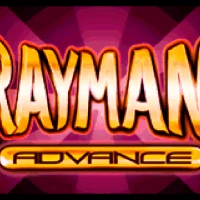

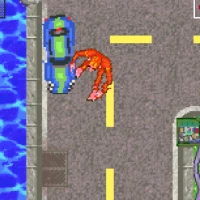
![Animal Snap - Rescue Them 2 by 2 (U) [!] Gameboy Advance game](https://www.gamesclips.com/gameImages/9358.webp)
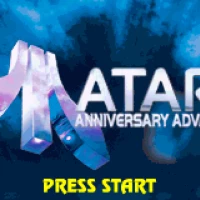

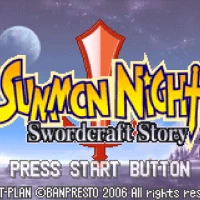
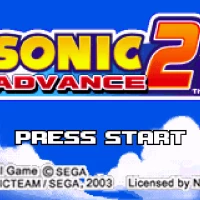
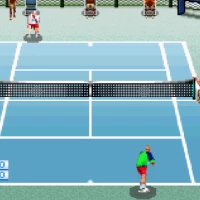

Comments